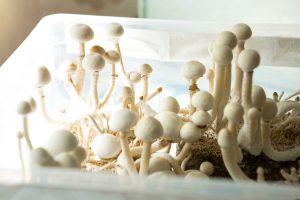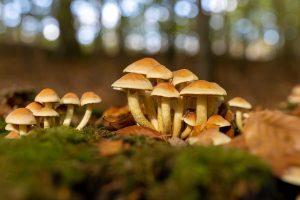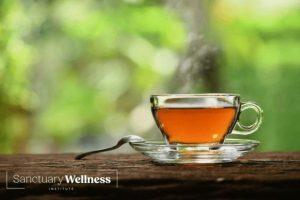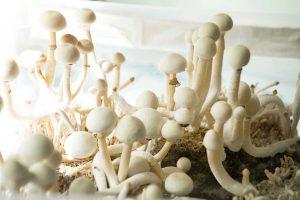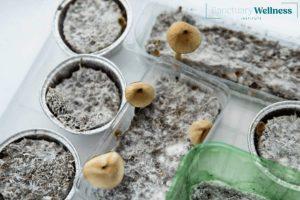Species of Psilocybin Mushrooms
- John DiBella
- Published: October 27, 2023
- Fact-checked by Dr. Desiree Granados
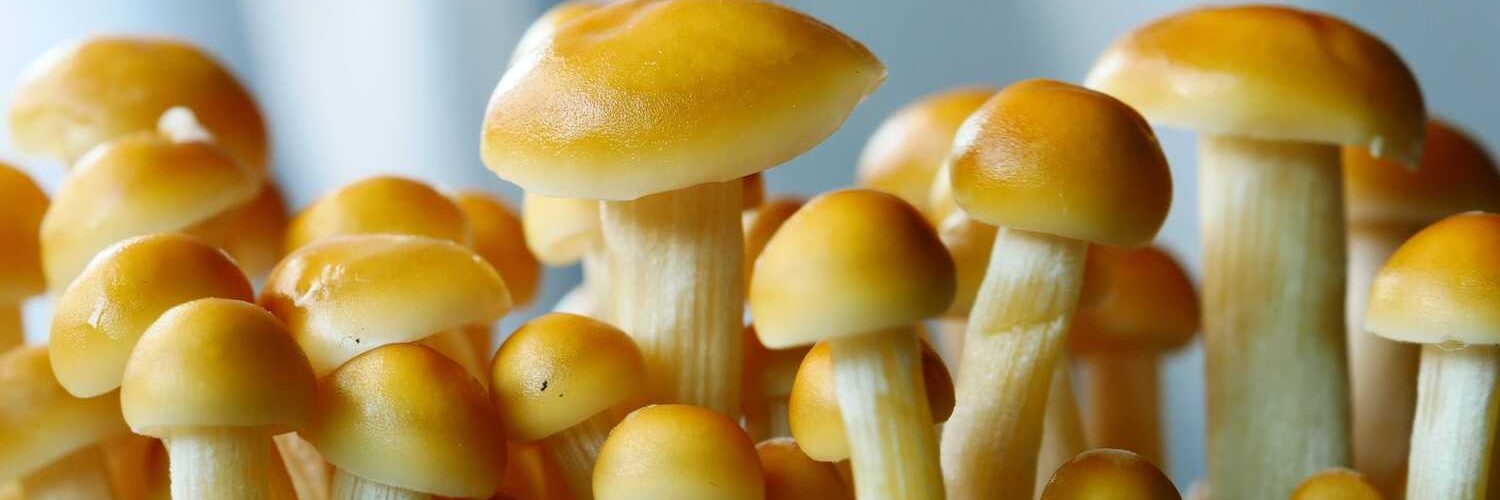
There are a wide variety of psilocybin mushrooms, and each type possesses special characteristics. This article will explain everything you need to know about recognizing psilocybin mushrooms. In addition, we’ll provide guidance on where to look for them and how to distinguish between
different species.
What Are Psilocybin Mushrooms?
Psilocybin mushrooms, also known as “magic mushrooms,” are fruiting bodies that contain the hallucinogenic compound psilocybin. As psychedelics, they can alter a user’s perceptions, cognition, and mood.
Psilocybin has a similar molecular structure to lysergic acid diethylamide (LSD) and effects comparable to n-dimethyltryptamine (DMT) and strong strains of cannabis.
Where Can You Find Psilocybin Mushrooms?
Mushrooms that are high in psilocybin content usually have dark-colored spores and gills and are most commonly found in subtropical and tropical fields and woods. These mushrooms grow most successfully in soils densely packed with humus and other plant debris.
Although you can find psilocybin mushrooms on every continent, the majority of species can be found in humid subtropical forests. Psilocybe cubensis is the species of psilocybe that is found in the greatest abundance in tropical areas.
The mushroom known as psilocybin semilanceata grows in the milder climates of Central Europe (such as in the Netherlands), North America (such as in Hawaii and Mexico), South America, Asia, Australia, and New Zealand. Although psilocybin mushrooms are widespread, P. semilanceata is typically cited as having the broadest geographic range.
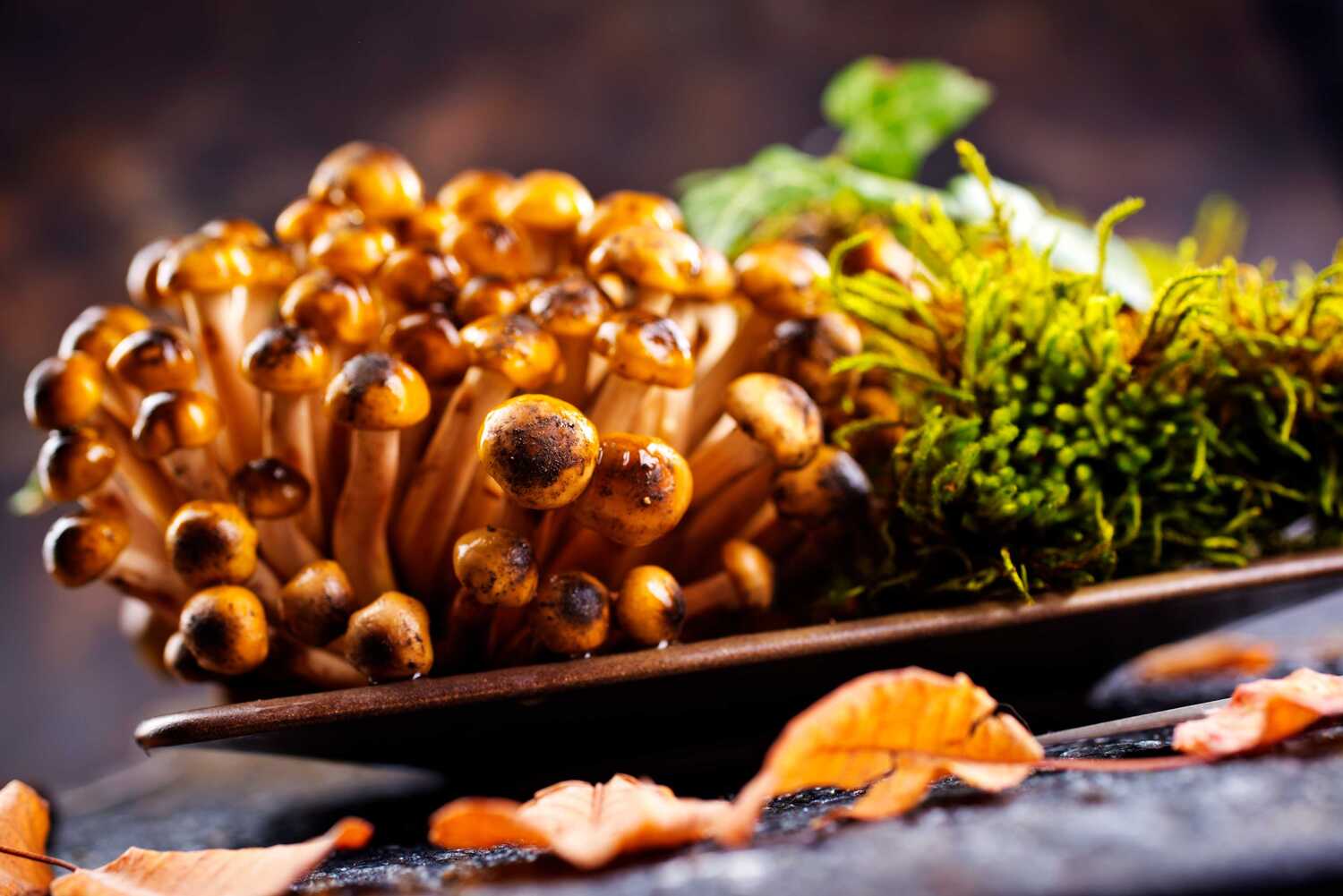
Types of Psilocybin Mushrooms
There are over 200 different species of psychedelic mushrooms in existence worldwide. Each of these species has been assigned a unique name. They are generally arranged according to the biological genera to which they are classified.
Some of the most popular species (most of which fall under the genus psilocybe) not described below include psilocybe baeocystin, panaeolus cyanescens, psilocybe stuntzii, psilocybe tampanensis, inocybe mushrooms, and conocybe mushrooms.
Psilocybe Cubensis – “Magic Mushrooms”
Psilocybe cubensis is a mushroom with a long, slender stem and a tall, narrow cap with darker gills underneath. It’s the most widely used magic mushroom in the world and can be found in the United States, Central America, Southeast Asia, and the northern regions of South America.
P. cubensis prefers tropical and subtropical conditions, like many other fungi. They commonly sprout in pastures around cattle and other livestock because the animals’ dung creates excellent growing conditions.
Psilocybe Mexicana – “The Mexican Mushroom”
Psilocybe mexicana, or “the Mexican mushroom,” is another type of shroom that is widely consumed. The caps of these mushrooms, which are native to North and South America, are typically brown and range in size from 0.5 to 2 centimeters in circumference. They can usually be found along the grassy areas bordering deciduous forests.
The effects of consuming this mushroom are usually described as subtle. Indigenous North American peoples have long used it for its psychedelic properties.
Psilocybe Cyanescens – “Wavy Cap” Mushrooms
The mature cap of a psilocybe cyanescens mushroom takes on a distinctive waveform, which has led to users calling the mushrooms “wavy caps.”
The United Kingdom and North America are prime locations for this mushroom, which also goes by “the cyan” and “the blue halo.” It is known for its potency and its chestnut brown color.
It’s rare to find p. cyanescens in the wild. Rather, people typically discover them in urban and suburban areas, such as backyards and forests.
Psilocybe Azurescens – “Flying Saucer” Shroom
Psilocybe azurescens, a magic mushroom found along the coast of northern Oregon, contains comparatively high levels of psilocybin. Because of the shape of their caps, these mushrooms are often referred to as “flying saucers.”
Though p. azurescens is native to the West Coast of the U.S., it has since spread to other countries like Germany, The Netherlands, and New Zealand. They can range from caramel to ochre in color and have a thick base covered by coarse, white hairs.
Psilocybe Baeocystis – “Blue Bell” Mushrooms
Common to the Pacific Northwest region of the United States, psilocybe baeocystis has a thin, rippling cap with a conical shape. Caps for these mushrooms have a dark greenish-brown coloration. The gills are colored gray to cinnamon brown. These are commonly known as “bottle caps,” “knobby tops,” “blue bells,” or “olive caps.”
P. baeocystis is a fairly scarce mushroom that is rarely found outside of the Northern Pacific Northwest, though sightings have been reported in Washington and British Columbia. It typically grows in cultivated flower beds or under bushes, as well as in beds of wood chips. Generally, this type of mushroom grows as individual fungi scattered over a wide area or in loose groupings.
Frequently Asked Questions
You can grow psilocybin mushrooms at home using spores and a grow kit, which are not federally illegal to purchase or possess in the United States. While it isn’t technically illegal to purchase a psilocybe mushroom grow kit and spores in the United States, actually cultivating psilocybin is illegal in most areas of the country. Cultivation is illegal in the United States, but Places like Washington D.C., the state of Oregon, Seattle, WA, Ann Arbor, MI, Denver, CO, Santa Cruz, CA, Somerville, MA, and Cambridge, MA, and others have decriminalized the possession and use of shrooms. Therefore, you would be legally allowed to grow psilocybin mushrooms at home in these areas.
Researching your local laws is the best way to determine whether you can legally grow the mushrooms.
The most popular street names for psilocybin mushrooms include: mushrooms, magic mushrooms, shrooms, purple passion, boomers, buttons, caps, magic, hongos, Alice, champiñones, mushies, and tweezers.
Most poisonous mushrooms have an acrid and unpleasant smell. However, you should never attempt to determine if a mushroom is safe for consumption without consulting a professional or researching the shroom in question online.
Moisture, light, available nutrients, temperature, and physical trauma can all influence the appearance of mushrooms. This variability makes it difficult to establish dependable rules for determining if a mushroom is poisonous. Doing your research before consuming mushrooms of any kind is critical to doing so in a safe, healthy manner.
How we reviewed this article:
- Psilocybin (magic mushrooms): What it is, effects and risks
https://www.medicalnewstoday.com/articles/308850#effects - How to find and pick magic mushrooms
https://www.dazeddigital.com/life-culture/article/57392/1/magic-mushrooms-how-to-find-pick-liberty-caps - Magic Mushroom
https://www.inaturalist.org/taxa/328244-Psilocybe-cubensis - Psilocybin and psilocin (Magic mushrooms)
https://www.canada.ca/en/health-canada/services/substance-use/controlled-illegal-drugs/magic-mushrooms.html - Psilocybe Cubensis
https://www.sciencedirect.com/topics/neuroscience/psilocybe-cubensis - Teonanacatl Mushrooms: Flesh of the Gods
https://www.fs.usda.gov/wildflowers/ethnobotany/Mind_and_Spirit/teonanacatl.shtml - Psilocybe baeocystis Was Once Mistaken As Deadly—It’s Just Psychedelic
https://doubleblindmag.com/psilocybe-baeocystis/ - What Is Psilocybe Azurescens And How Do You Cultivate It?
https://www.zamnesia.com/blog-a-closer-look-at-magic-mushroom-psilocybe-azurescens-n1478 - The Complete Guide to Psilocybe Cyanescens
https://www.shroomer.com/psilocybe-cyanescens/#where-does-psilocybe-cyanescens-grow
Current Version
October 27, 2023
Written By
John DiBella
Fact-checked By
Dr. Desiree Granados
Editorial Process
Our Editorial Process

John DiBella is the co-founder and CEO at The Sanctuary Wellness Institute. His goal is to foster healthier lifestyles to improve individuals’ quality of life and health span through online medical and non-medical services. When he’s not writing health & wellness articles for The Sanctuary, he enjoys hiking, camping, surfing and sailing.

